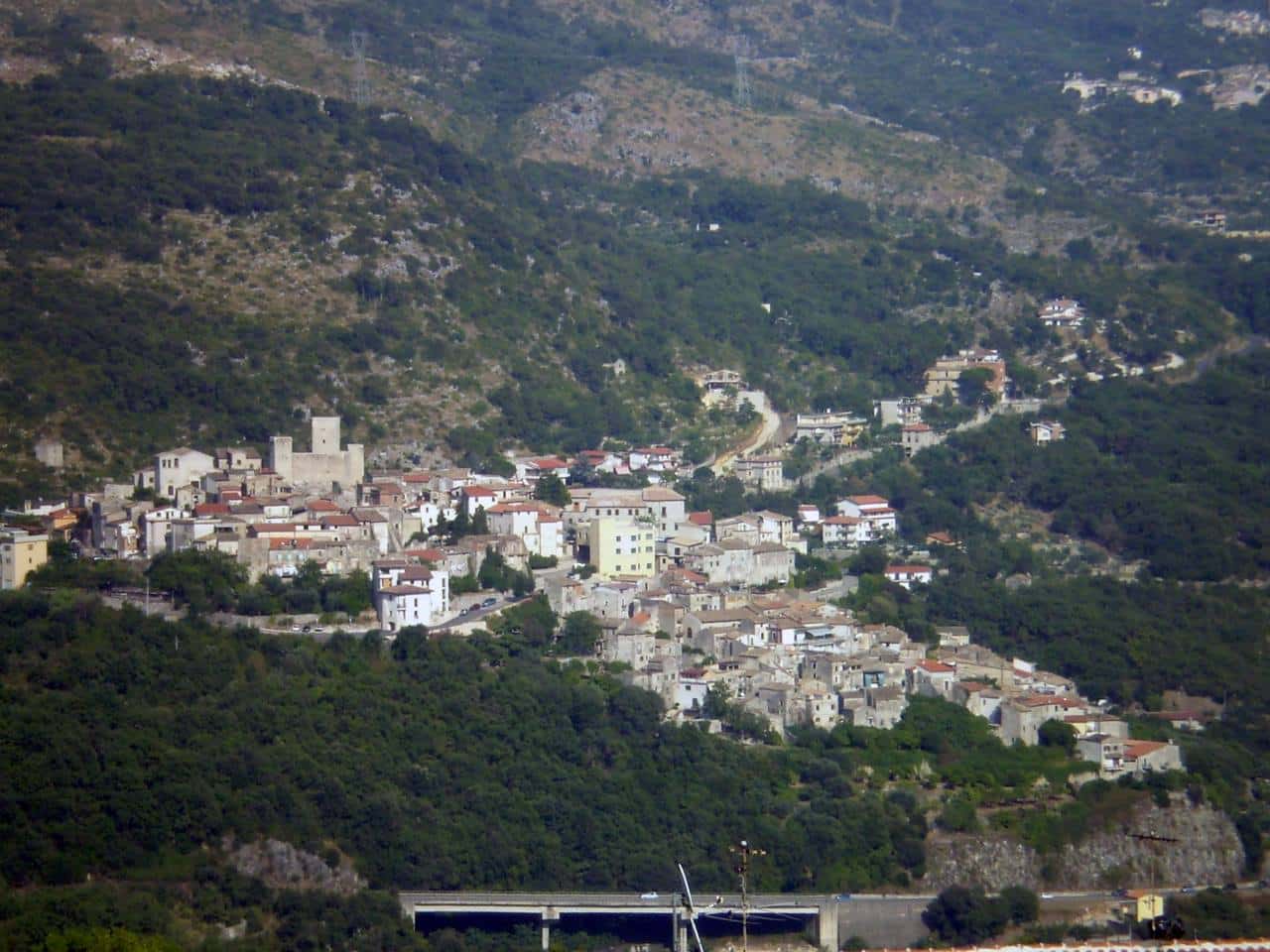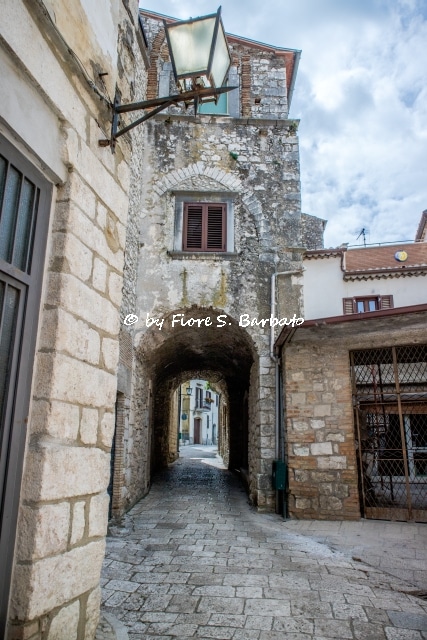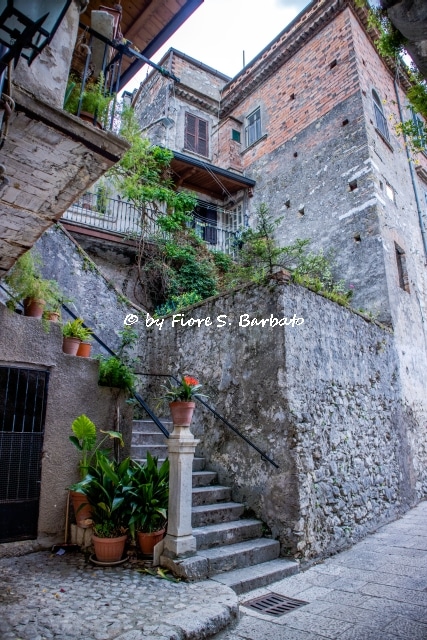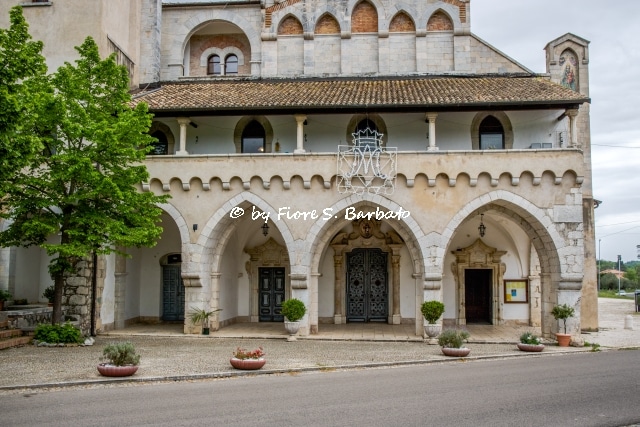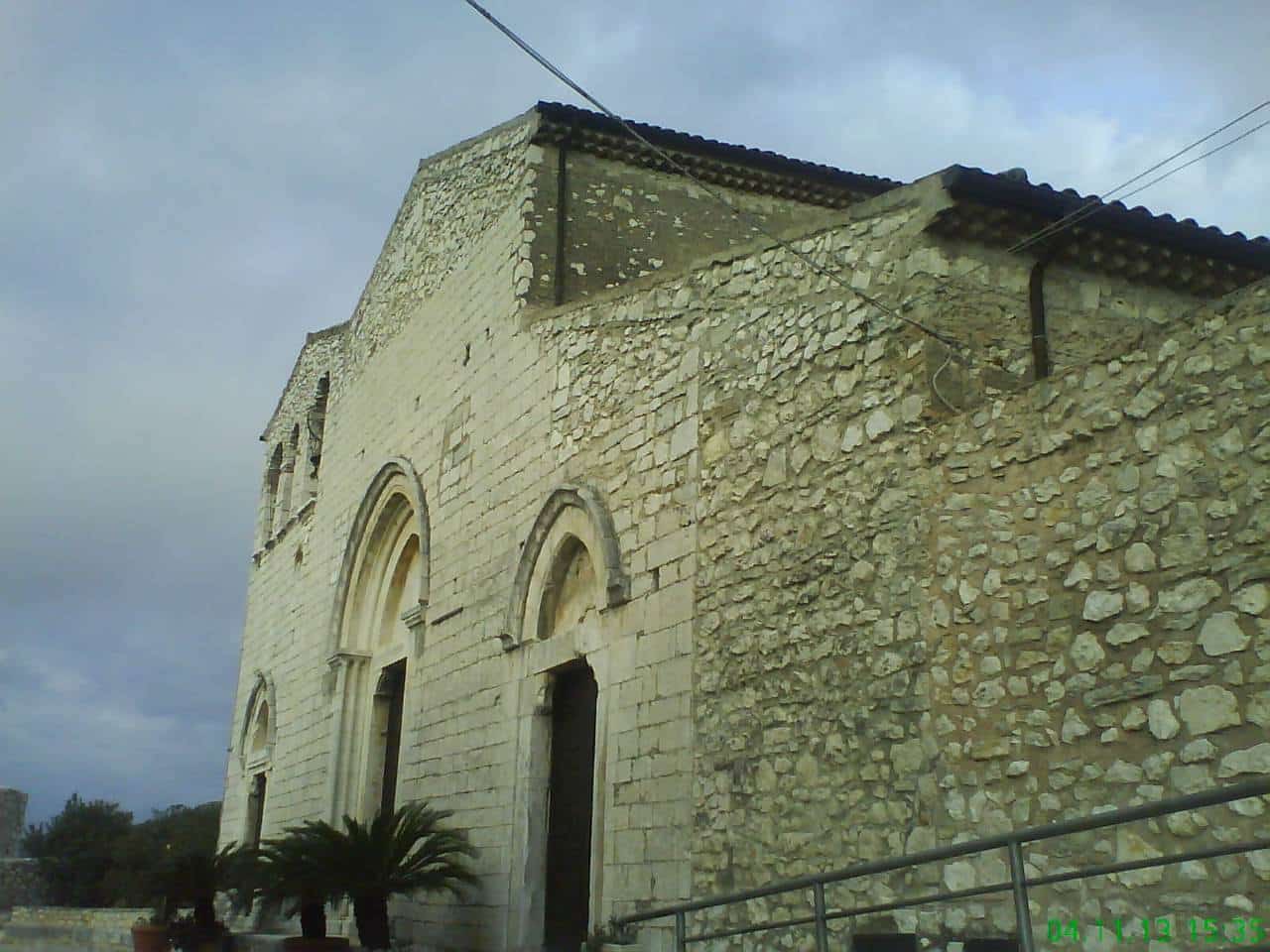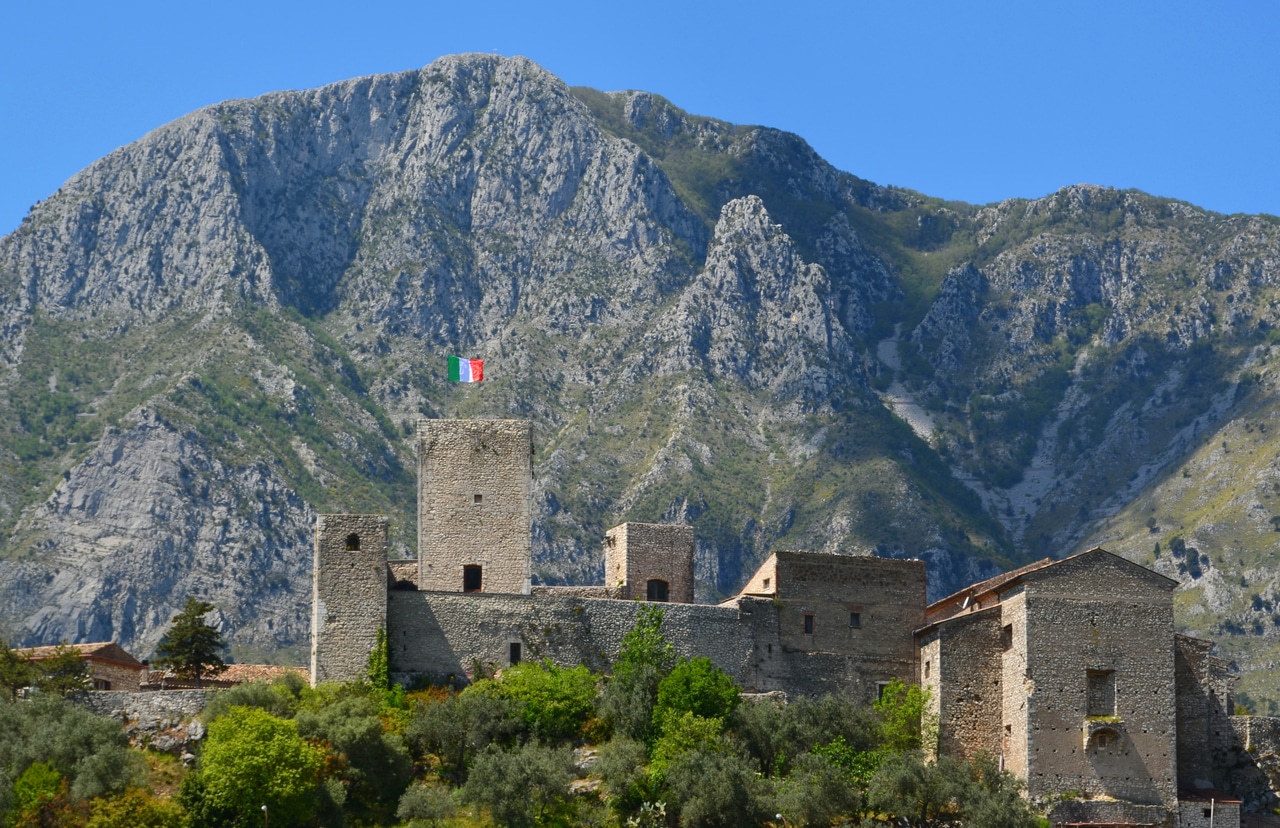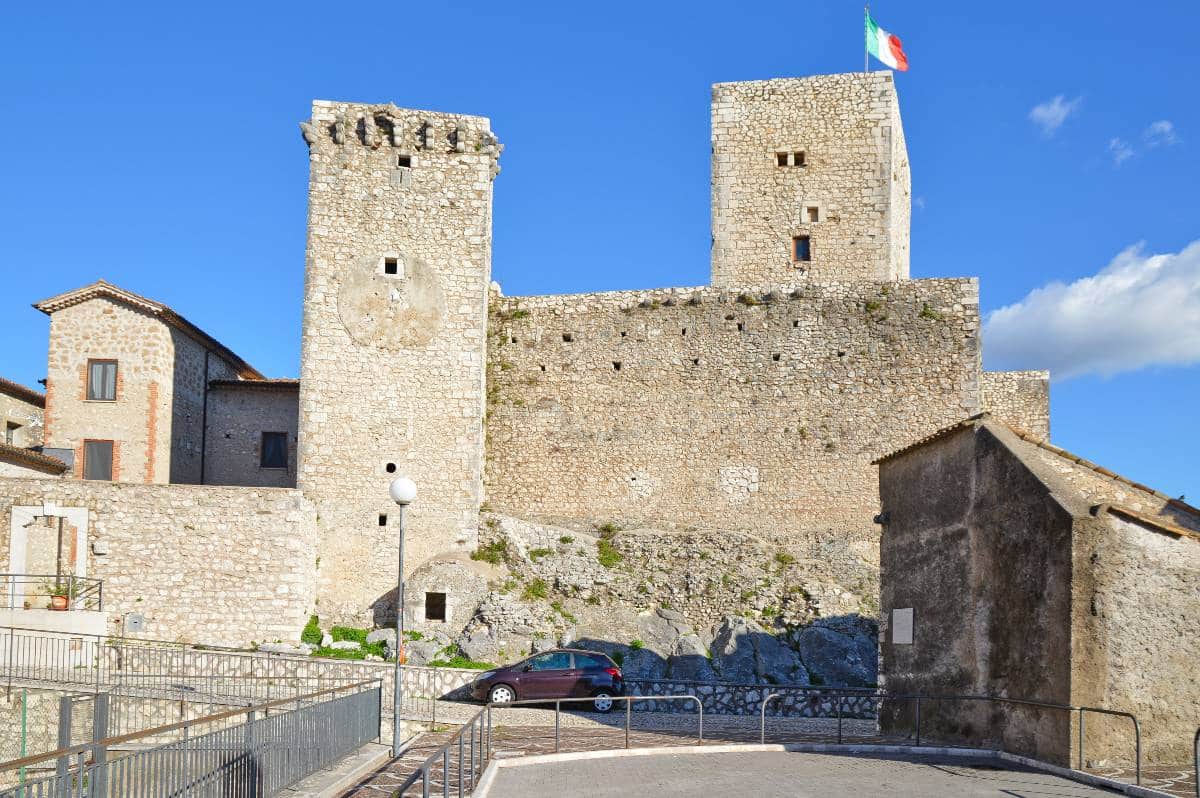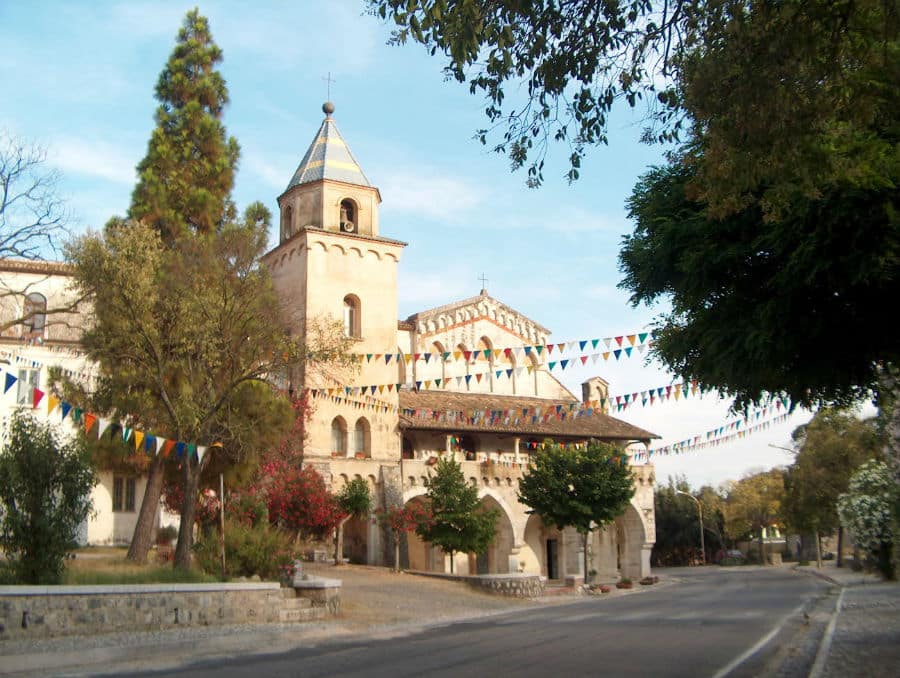Ausonia, the ancient city of the Italic Osci Ausoni people, is a difficult city to locate. It was part of the Aurunca Pentapolis; an ally of the Capuans, it was destroyed by the Romans in 314 B.C. and its inhabitants passed by force of arms. The town was not reborn after this massacre. Latin inscriptions from the imperial age concerning the deity of Hercules have been found near the modern settlement.
The ancient Fratte in the early Middle Ages (from the Latin word "fracta" = broken things or ruins), is identified by the male of the Castle that dominates it: with the ancient appearance of the walls and its gray stone houses, Ausonia communicates the sense of a calm austerity, a severe beauty. The hamlet of Selvacava and Correano, on the other hand, have developed along the slopes of Mount Fammera, in the green Mediterranean scrub. What makes this Mount fascinating is its iridescent hue, the color of time: pink-red at dawn, in shades of blue-gray when the sun turns behind it, silvery in the full moon.
Those who wish, however, to catch a glimpse of Ausonia and its district together in a single glance should stop at the foot of the hill, at Ausente, near the Madonna del Piano Shrine. The monumental complex of the Sanctuary, the ruins of the octagonal building of a high medieval baptistery, a presumably bell tower, and the stone house with the seventeenth-century coat of arms, offer in themselves a picture of great fascination.
If you move on, on the Ausente road, you can contemplate a compelling panorama: to the west dominates lata the summit of Fammera ; to the north, above an ancient stone bridge, stands the rounded hill of Ausonia, enhanced by the fortress tower; to the east we find the olive-rich flank of Mount Maio; to the south, stretches the green plain of the Pastene district, crossed by the Ausente. Everywhere dry stone walls the "macere," built with stones skillfully fitted together according to a traditional art, connote the landscape. They support terraces where orange, lemon, fruit trees and centuries-old olive trees grow.
The territory of Ausonia underwent the same vicissitudes as southern Latium, ravaged by Alaric's Goths (410), the Vandals (455) the Heruli (476), the Ostrogoths (494) and then the Lombards who, around the second half of the 6th century, invaded lower Latium with swift raids, going so far as to destroy even Montecassino.
The latest excavations around the church of St. Michael have revealed stretches of walls built with waste material, mortar and small stones, according to Longobard custom. In 846 a Saracen fleet, took Ostia, while more nimble ships sailed up the Tiber, going so far as to desecrate St. Peter's Basilica. The Muslims, however, made more cautious by the fear of a coalition of Christian troops, fell back overland, across the Appian Way and quartered themselves under the walls of Gaeta.
The Saracens attempted a sortie, which turned out to be unfortunate, against Montecassino; on their return, they passed through a locality called "ad duo leones," from stone lions that demarcated the boundaries between the Land of St. Benedict and the Duchy of Gaeta: this was the territory in which Castrum Fractarum was to be built. The designation contained in the tragic military chronicle, is mentioned as early as the 8th century, in the 744 privilege of the Lombard Gisulph II, duke of Benevento, and then in that of Charlemagne, of 787, copied in the registry of Pietro Diacono. Even the land called "ad duo leones" is mentioned in the very famous "charta capuana" of 960 where Mount Fammera is called "monte de Balba."
In Ausonia, in the turret of the largarium S. Michele, there are two lions, which are attributed the prestigious fame of being the "duo leones." These are a large lion, of Roman imprint, of the kind Montecassino commonly used as boundary stones of its territories, and another, which has arrived mutilated from the rear, with a stylized curly mane, from the early medieval period.
The name "Fractae" first appears in a valuable document from 1020, in which Maria, Countess of Traetto, donates four moggia of land to Peter and Juga "inhabitants of Fratte." Around the same years appear the fortifications of Suio, Sperlonga, Maranola, built as defense of the populations from raids by Saracen and Norman militias in the territory. Fratte was then part of the county of Traetto, which was established by Marino II, Duke of Gaeta, for his son Dauferio. At the very time of the Norman invasion the landowners, unable to defend their lands, made a gift of them to Montecassino, identifying Abbot Desiderio as the only one capable of mediating with the conquerors. Desiderio succeeded in conciliating with the Normans and seven years later, obtained the entire Castrum Fractarum. Fratte briefly returned under Gaeta, in 1091, when Richard, militant of Spigno, seized the castrum, with the help of the new Duke Rinaldo Ridello.
Years of wars between local barons followed, until in 1107, Riccardo dell'Aquila, duke of Gaeta and vassal of Montecassino, undertook to defend the lands of the Abbey. In the second half of the century the life of the castro was disrupted by the maelstrom of historical events consequent to the schism fomented by Onorato I Caetani, count of Fondi. Having become master of the territories that bordered the Land of St. Benedict, Onorato, in the year 1379, by decree of Clement VII, was given possession of Fratte. Castrum Fractarum, however, four years later, in 1383, was registered under Montecassino, as recited in a document in which Abbot Pietro de Tartaris, by an edict posted on the gates of St. Michael's, promised pardon to those who had betrayed. Having ceased Aragonese rule and declined even that of the Gaetani, during 1503 the Spanish and French contended for the Kingdom of Naples. Upon victory, Ferdinand V of Spain, as a sign of gratitude granted Prospero Colonna the duchy of Traetto, of which Fratte was a part. By the end of the 17th century the Castrum Fractarum, with its hamlets, had become a town populated by about two thousand inhabitants. The Duchy of Traetto remained in the Carafa family until 1806, when Joseph Bonaparte, having become king of Naples, abolished noble titles. In 1862, with the unification of Italy, the town council of Fratte changed the town's name to Ausonia.


